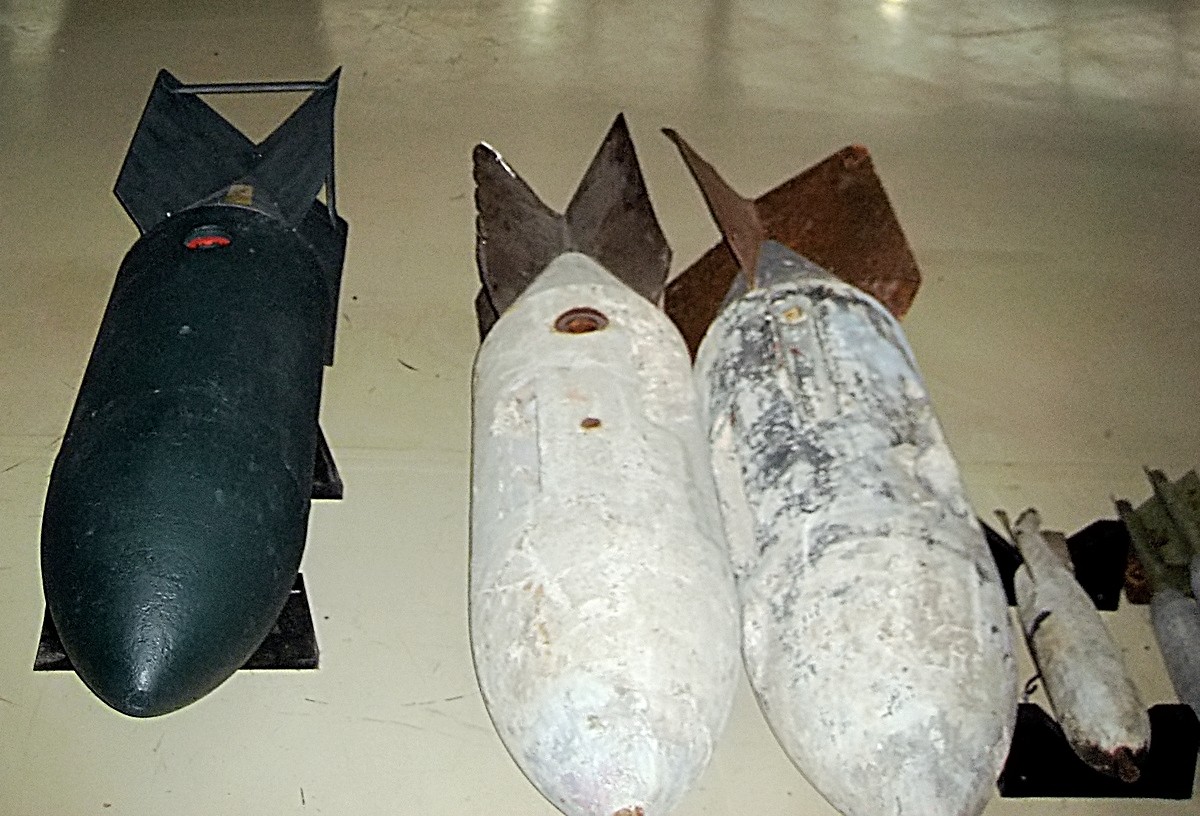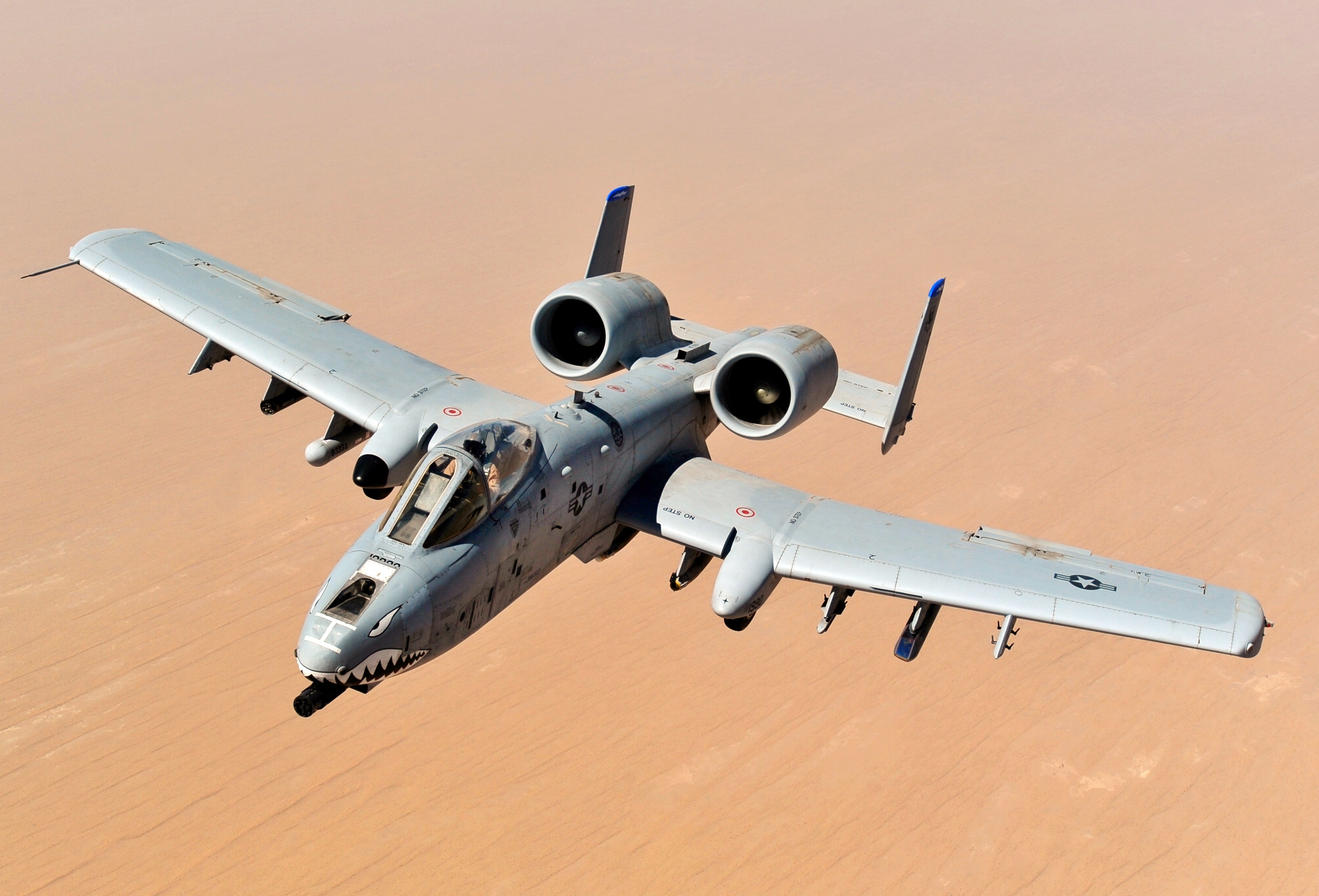|
Dorsal Gunner
A dorsal gunner, mid-upper gunner or top gunner is an air gunner responsible for operating a gun position or turret located on the upper (dorsal) fuselage, between the cockpit and tail of some military aircraft. Between World War I and the 1950s, most heavy bombers, large attack/strike aircraft and long-range maritime patrol aircraft featured a dorsal, mid-upper or top gun position. During World War II, the mid-upper gunners of British Commonwealth heavy bomber crews were regarded as the primary observer of a crew, and were responsible for detecting the approach of enemy fighter aircraft, as well preventing collisions with friendly aircraft and accidental mid-air bomb strikes. See also * Nose gunner * Tail gunner * Ventral gunner A ball turret was a spherical-shaped, altazimuth mount gun turret, fitted to some American-built aircraft during World War II. The name arose from the turret's spherical housing. It was a manned turret, as distinct from remote-controlled turre ... [...More Info...] [...Related Items...] OR: [Wikipedia] [Google] [Baidu] |
Commonwealth Of Nations
The Commonwealth of Nations, simply referred to as the Commonwealth, is a political association of 56 member states, the vast majority of which are former territories of the British Empire. The chief institutions of the organisation are the Commonwealth Secretariat, which focuses on intergovernmental aspects, and the Commonwealth Foundation, which focuses on non-governmental relations amongst member states. Numerous organisations are associated with and operate within the Commonwealth. The Commonwealth dates back to the first half of the 20th century with the decolonisation of the British Empire through increased self-governance of its territories. It was originally created as the British Commonwealth of Nations through the Balfour Declaration at the 1926 Imperial Conference, and formalised by the United Kingdom through the Statute of Westminster in 1931. The current Commonwealth of Nations was formally constituted by the London Declaration in 1949, which modernised the ... [...More Info...] [...Related Items...] OR: [Wikipedia] [Google] [Baidu] |
Ventral Gunner
A ball turret was a spherical-shaped, altazimuth mount gun turret, fitted to some American-built aircraft during World War II. The name arose from the turret's spherical housing. It was a manned turret, as distinct from remote-controlled turrets also in use. The turret held the gunner, two heavy machine guns, ammunition, and sights. The Sperry Corporation designed ventral versions that became the most common version; thus, the term "ball turret" generally indicates these versions. Sperry ball turret Sperry and Emerson Electric each developed a ball turret, and the designs were similar in the nose turret version. Development of the spherical Emerson was halted. The Sperry nose turret was tested and preferred, but its use was limited due to poor availability of suitable aircraft designs. The Sperry-designed ventral system saw widespread use and production, including much sub-contracting. The design was mainly deployed on the B-17 Flying Fortress and the B-24 Liberator, as ... [...More Info...] [...Related Items...] OR: [Wikipedia] [Google] [Baidu] |
Tail Gunner
A tail gunner or rear gunner is a crewman on a military aircraft who functions as a gunner defending against enemy fighter or interceptor attacks from the rear, or "tail", of the plane. The tail gunner operates a flexible machine gun or autocannon emplacement in the tail end of the aircraft with an unobstructed view toward the rear of the aircraft. While the term ''tail gunner'' is usually associated with a crewman inside a gun turret, the first tail guns were operated from open apertures within the aircraft's fuselage, such as the Scarff ring mechanism used in the British Handley Page V/1500, which was introduced during latter months of the First World War. Increasingly capable tail gunner positions were developed during the interwar period and the Second World War, resulting in the emergence of the powered turret and fire control systems incorporating radar guidance. In particularly advanced tail gunner arrangements, the tail armament may be operated by remote cont ... [...More Info...] [...Related Items...] OR: [Wikipedia] [Google] [Baidu] |
Nose Gunner
A nose is a protuberance in vertebrates that houses the nostrils, or nares, which receive and expel air for respiration alongside the mouth. Behind the nose are the olfactory mucosa and the sinuses. Behind the nasal cavity, air next passes through the pharynx, shared with the digestive system, and then into the rest of the respiratory system. In humans, the nose is located centrally on the face and serves as an alternative respiratory passage especially during suckling for infants. The protruding nose that completely separate from the mouth part is a characteristic found only in therian mammals. It has been theorized that this unique mammalian nose evolved from the anterior part of the upper jaw of the reptilian-like ancestors (synapsids). Air treatment Acting as the first interface between the external environment and an animal's delicate internal lungs, a nose conditions incoming air, both as a function of thermal regulation and filtration during respiration, as well as ena ... [...More Info...] [...Related Items...] OR: [Wikipedia] [Google] [Baidu] |
Aerial Bomb
An aerial bomb is a type of explosive or incendiary weapon intended to travel through the air on a predictable trajectory. Engineers usually develop such bombs to be dropped from an aircraft. The use of aerial bombs is termed aerial bombing. Bomb types Aerial bombs include a vast range and complexity of designs. These include unguided gravity bombs, guided bombs, bombs hand-tossed from a vehicle, bombs needing a large specially-built delivery-vehicle, bombs integrated with the vehicle itself (such as a glide bomb), instant-detonation bombs, or delay-action bombs. As with other types of explosive weapons, aerial bombs aim to kill and injure people or to destroy materiel through the projection of one or more of blast, fragmentation, radiation or fire outwards from the point of detonation. Early bombs The first bombs delivered to their targets by air were single bombs carried on unmanned hot air balloons, launched by the Austrians against Venice in 1849 during the Fir ... [...More Info...] [...Related Items...] OR: [Wikipedia] [Google] [Baidu] |
Fighter Aircraft
Fighter aircraft are fixed-wing aircraft, fixed-wing military aircraft designed primarily for air-to-air combat. In military conflict, the role of fighter aircraft is to establish air supremacy, air superiority of the battlespace. Domination of the airspace above a battlefield permits bombers and attack aircraft to engage in tactical bombing, tactical and strategic bombing of enemy targets. The key performance features of a fighter include not only its firepower but also its high speed and maneuverability relative to the target aircraft. The success or failure of a combatant's efforts to gain air superiority hinges on several factors including the skill of its pilots, the tactical soundness of its doctrine for deploying its fighters, and the numbers and performance of those fighters. Many modern fighter aircraft also have secondary capabilities such as ground-attack aircraft, ground attack and some types, such as fighter-bombers, are designed from the outset for dual roles. ... [...More Info...] [...Related Items...] OR: [Wikipedia] [Google] [Baidu] |
Air Observer
An air observer or aerial observer is an aircrew member whose duties are predominantly reconnaissance. The term originated in the First World War in the British Royal Flying Corps, and was maintained by its successor, the Royal Air Force. An air observer's brevet was a single wing with an O at the root. Although today sometimes a manned aircraft is still utilised for aerial observation, industry and the military use both satellites and remotely piloted vehicles (RPV) for this function. The term is also used in some non-military contexts, such as police helicopter units. The first recorded RAF "kill" of the Second World War, on 20 September 1939, was by air observer Sergeant F. Letchford, aboard a Fairey Battle, flown by Flying Officer L.H. Baker. Observers were also issued with weapons, and expected to engage with enemy aircraft in the early days of military aviation. Over time, the role changed and separate gunnery specialities emerged. By the Second World War the RAF comm ... [...More Info...] [...Related Items...] OR: [Wikipedia] [Google] [Baidu] |
Martin 250 CE 23A Dorsal Turret On Lancaster
Martin may refer to: Places * Martin City (other) * Martin County (other) * Martin Township (other) Antarctica * Martin Peninsula, Marie Byrd Land * Port Martin, Adelie Land * Point Martin, South Orkney Islands Australia * Martin, Western Australia * Martin Place, Sydney Caribbean * Martin, Saint-Jean-du-Sud, Haiti, a village in the Sud Department of Haiti Europe * Martin, Croatia, a village in Slavonia, Croatia * Martin, Slovakia, a city * Martín del Río, Aragón, Spain * Martin (Val Poschiavo), Switzerland England * Martin, Hampshire * Martin, Kent * Martin, East Lindsey, Lincolnshire, hamlet and former parish in East Lindsey district * Martin, North Kesteven, village and parish in Lincolnshire in North Kesteven district * Martin Hussingtree, Worcestershire * Martin Mere, a lake in Lancashire ** WWT Martin Mere, a wetland nature reserve that includes the lake and surrounding areas * Martin Mill, Kent North America Canada * Rural Muni ... [...More Info...] [...Related Items...] OR: [Wikipedia] [Google] [Baidu] |
Gun Turret
A gun turret (or simply turret) is a mounting platform from which weapons can be fired that affords protection, visibility and ability to turn and aim. A modern gun turret is generally a rotatable weapon mount that houses the crew or mechanism of a projectile-firing weapon and at the same time lets the weapon be aimed and fired in some degree of azimuth and elevation (cone of fire). Description Rotating gun turrets protect the weapon and its crew as they rotate. When this meaning of the word "turret" started being used at the beginning of the 1860s, turrets were normally cylindrical. Barbettes were an alternative to turrets; with a barbette the protection was fixed, and the weapon and crew were on a rotating platform inside the barbette. In the 1890s, armoured hoods (also known as "gun houses") were added to barbettes; these rotated with the platform (hence the term "hooded barbette"). By the early 20th Century, these hoods were known as turrets. Modern warships have gu ... [...More Info...] [...Related Items...] OR: [Wikipedia] [Google] [Baidu] |
Maritime Patrol Aircraft
A maritime patrol aircraft (MPA), also known as a patrol aircraft, maritime reconnaissance aircraft, or by the older American term patrol bomber, is a fixed-wing aircraft designed to operate for long durations over water in maritime patrol roles — in particular anti-submarine warfare (ASW), anti-ship warfare (AShW), and search and rescue (SAR). Among other maritime surveillance resources, such as satellites, ships, unmanned aerial vehicles (UAVs) and helicopters, the MPA is an important asset. To perform ASW operations, MPAs typically carry air-deployable sonar buoys as well as torpedoes and are usually capable of extended flight at low altitudes. History First World War The first aircraft that would now be identified as maritime patrol aircraft were flown by the Royal Naval Air Service and the French Aéronautique Maritime during the First World War, primarily on anti-submarine patrols. France, Italy and Austria-Hungary used large numbers of smaller patrol aircraft fo ... [...More Info...] [...Related Items...] OR: [Wikipedia] [Google] [Baidu] |
Attack Aircraft
An attack aircraft, strike aircraft, or attack bomber is a tactical military aircraft that has a primary role of carrying out airstrikes with greater precision than bombers, and is prepared to encounter strong low-level air defenses while pressing the attack.Mortensen 1987, pp. 24–25. This class of aircraft is designed mostly for close air support and naval air-to-surface missions, overlapping the tactical bomber mission. Designs dedicated to non-naval roles are often known as ground-attack aircraft.Gunston 2009, p. 73. Fighter aircraft often carry out the attack role, although they would not be considered attack aircraft ''per se'', although fighter-bomber conversions of those same aircraft would be considered part of the class. Strike fighters, which have effectively replaced the fighter-bomber and light bomber concepts, also differ little from the broad concept of an attack aircraft. The dedicated attack aircraft as a separate class existed primarily during and after ... [...More Info...] [...Related Items...] OR: [Wikipedia] [Google] [Baidu] |








.jpg)
